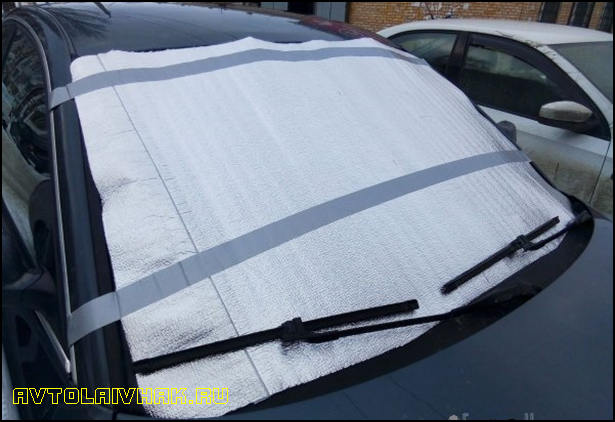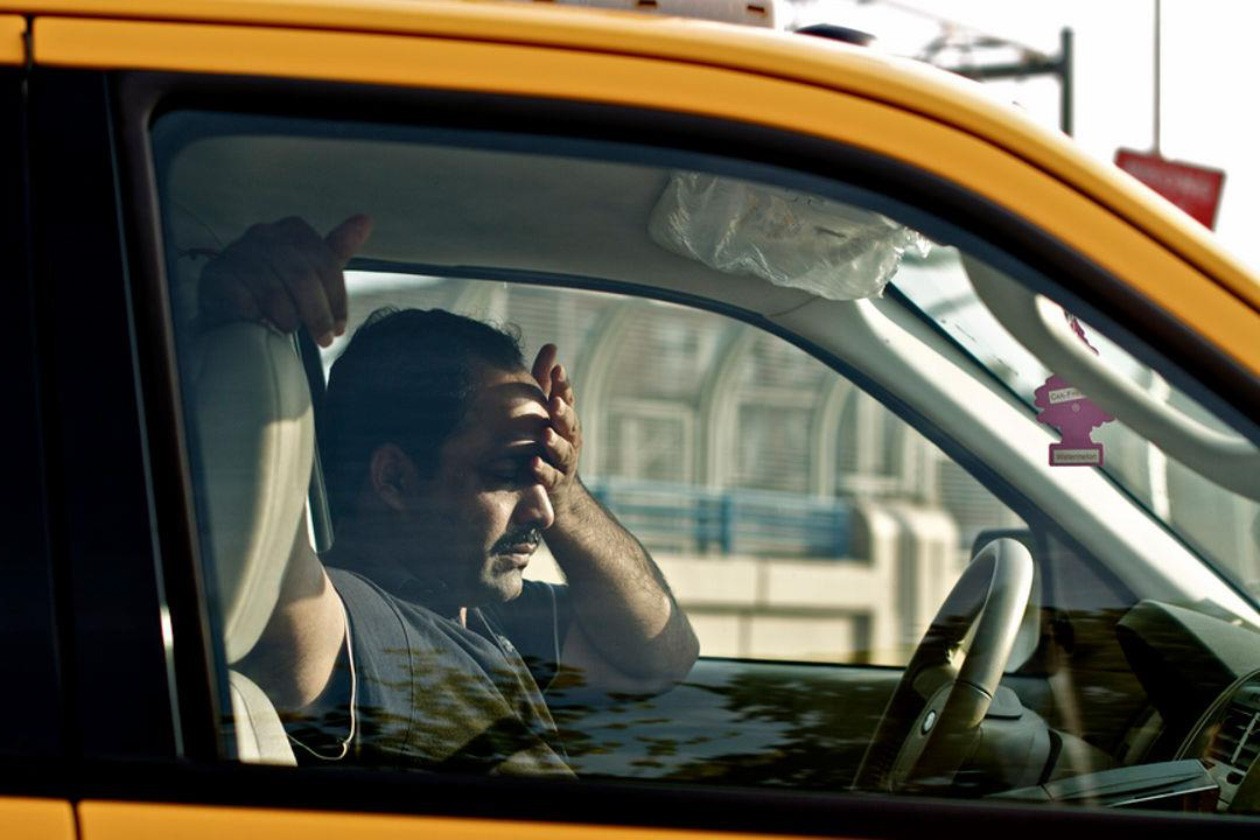
How to make an emergency stop in a car
Content
Every driver should know the best way to slow down their car. If your vehicle's brakes are failing, downshift to use engine braking to slow down.
The ability to make an emergency stop in a car is a skill that all drivers should possess. After all, there are many situations beyond human control that require the ability to stop safely. Whether it's an extreme situation like total brake failure or something as common as hydroplaning on a wet road, knowing what to do can mean the difference between getting into an accident and getting out of a dangerous situation with grace and ease.
Method 1 of 3: When the brakes disappear
The sudden discovery that your brakes are not working causes great fear in drivers. This is an extremely dangerous situation that can even mean the difference between life and death. Maintaining common sense and knowing what steps to take are critical to your own safety and the safety of other road users.
Step 1: Downshift Immediately. This will slow the car down and works with both automatic and manual transmissions.
In a manual transmission, smoothly downshift. Don't turn off the ignition because you won't have power steering anymore, and don't put your car in neutral because that will further reduce your ability to brake.
Step 2: Do not press the accelerator pedal. While it may seem like a trifle, people do strange things when they are scared and under pressure.
Avoid the temptation to willy-nilly start pushing with your feet, because accelerating will only make things worse.
Step 3: Use the emergency brake. This may or may not bring you to a complete halt, but it will at least slow you down. Emergency brakes vary from vehicle to vehicle, so you should familiarize yourself with how the brake works in your vehicle.
Step 4: Move to the right as soon as it's safe.. This takes you away from oncoming traffic and closer to the side of the road or a freeway exit.
Step 5: Let others on the road know you're out of control. Turn on emergency flashers and honk.
Everyone around you needs to know that something is wrong so they can get safe and get out of your way.
Step 6: Stop anyway. I hope you slowed down enough that you can pull over to the side of the road and stop naturally after slowing down.
In case you must hit something because all paths are blocked, aim for the softest possible hit. For example, crashing into a privacy fence is a much better choice than a big tree.
Method 2 of 3: When skidding or hydroplaning
When the car begins to skid, you have little control over the speed or direction of the car. However, this does not mean that you are powerless in this situation. Skidding occurs more often in older vehicles that are not equipped with an anti-lock braking system (ABS), but it does occasionally occur in vehicles with ABS.
Step 1: Gently depress the brake pedal for a full second.. Applying the brakes too quickly can make the skid worse.
Instead, work it up to a mental count of "one-one-thousand," and then work it up to "two-one-thousand."
Step 2: Continue to slow down and let go. Continue in the same slow and controlled style until you regain control of your car and can't drive it again.
This is called cadence braking.
Step 3: Mentally Regroup. Once you regain control of your vehicle, stop and give yourself some time to mentally regroup before getting back behind the wheel.
Method 3 of 3: when turning for evasive maneuvers
Another situation where you may need to make an emergency stop is to avoid hitting something that does not belong to the road. It could be when a deer suddenly appears in front of you, or you are driving up a big hill to find another accident on the road. Here you need to drive and stop to avoid a collision.
Step 1: Decide how to stop based on your vehicle. The way to do this is slightly different depending on whether your vehicle has ABS or not.
If your vehicle has ABS, depress the brake pedal as hard as you can while driving normally. In a situation where you are driving a car without ABS, you still apply the brakes hard, but only with about 70% of the force you are capable of, and drive the car only after releasing the brake to prevent the brakes from locking up.
No matter how or why you made the emergency stop, the most important thing is to stay calm. Feelings of frustration or fear are not helpful and may impair your ability to act appropriately and handle the situation to the best of your ability. Be sure to ask one of AvtoTachki's certified technicians to inspect your brakes to make sure they are in perfect working order.

